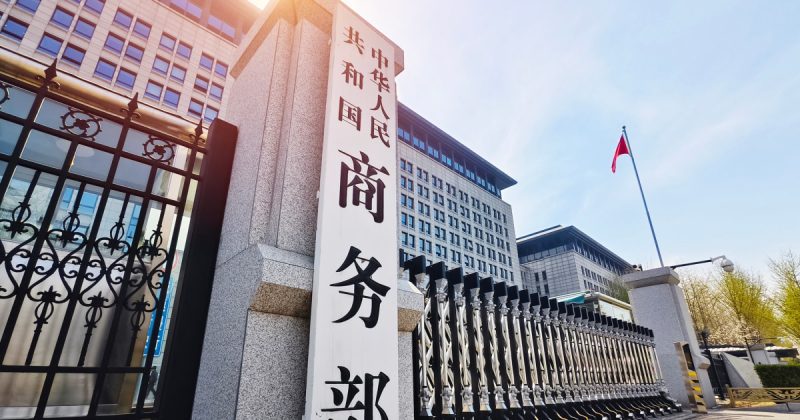
Following a framework agreement reached earlier this month in London, the United States and China have solidified the details of their trade deal, aimed at implementing the Geneva consensus. This significant development, announced by China’s Ministry of Commerce, marks a crucial step forward in the complex relationship between the two economic superpowers.
The agreement outlines specific actions for both sides. China will undertake a review and approval process for export applications under its export control rules. Simultaneously, the United States will revoke a selection of restrictive measures previously imposed on Chinese goods and businesses. This reciprocal approach suggests a commitment from both nations to fostering a more balanced and collaborative trading environment.
The announcement follows a statement from US President Donald Trump confirming the signing of a trade deal, though details remained scarce at the time. The subsequent clarification from the Chinese Ministry of Commerce provides much-needed specifics, offering a clearer picture of the tangible steps each country will take to fulfill the agreement’s objectives.
While the exact details of the restrictive measures to be lifted by the US and the specific items under China’s export control review remain undisclosed, the overall message is one of progress. The successful implementation of this agreement will be pivotal in mitigating trade tensions and promoting more stable economic relations between the US and China. This is a developing story, and further updates are expected as the agreement unfolds.
This breakthrough, building on the London framework, underscores the potential for productive dialogue and mutually beneficial agreements even amidst geopolitical complexities. Observers will be keenly watching to see how effectively both nations implement the agreed-upon steps and whether this marks a sustained shift towards improved trade relations.










